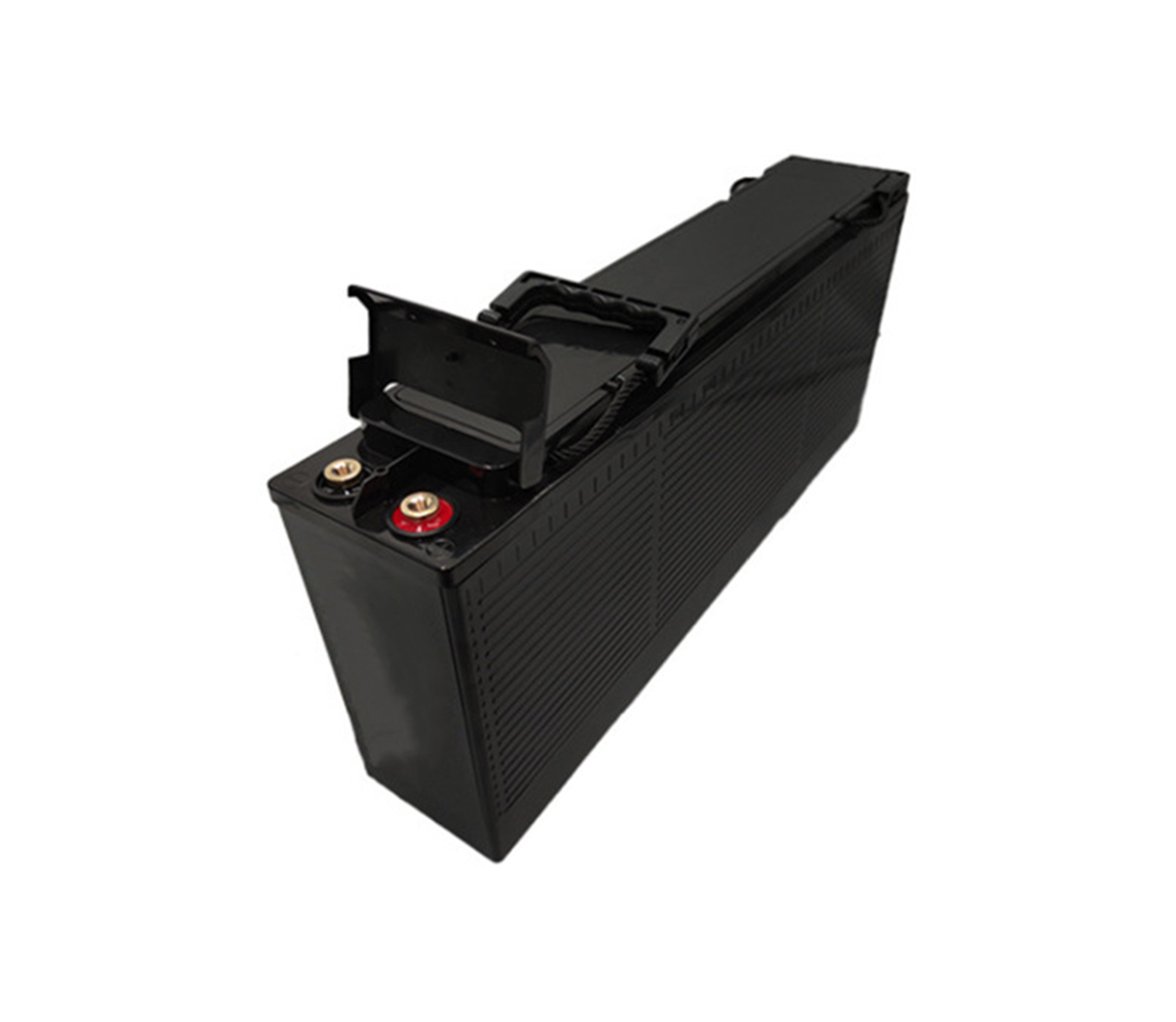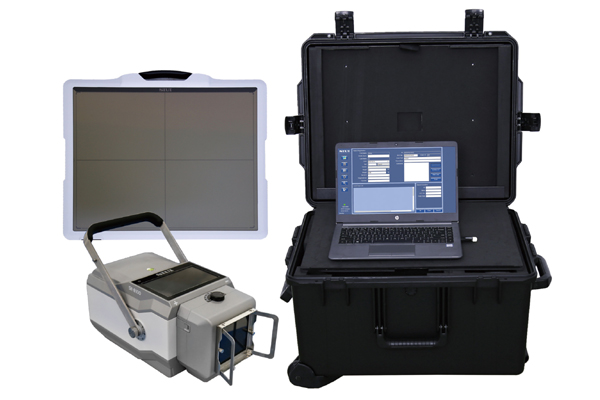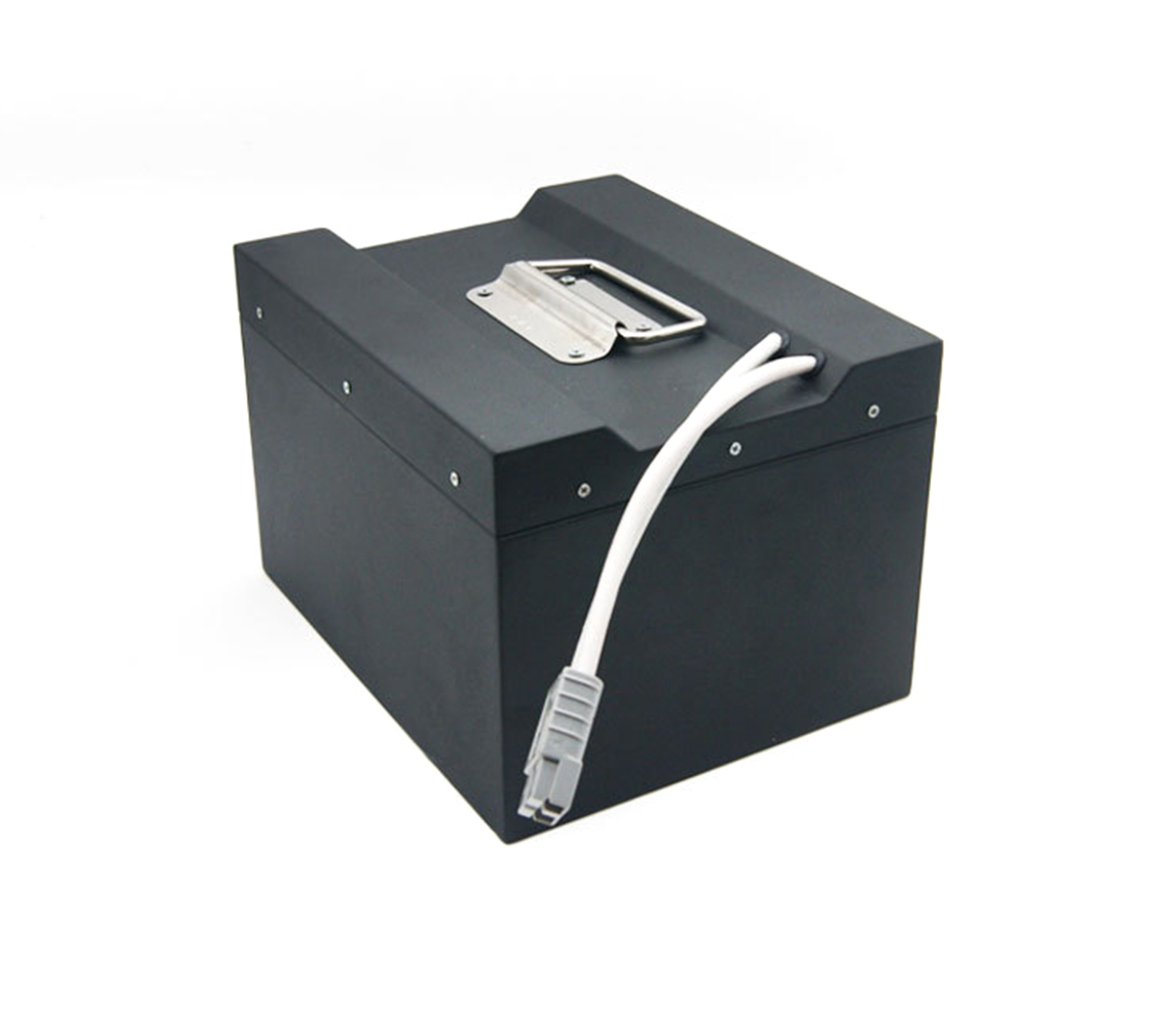
With the rapid development of mobile phone battery fast charging
technology, the charging rate of mobile phones is getting faster and faster.
While enjoying the benefits of fast charging of mobile phones, we still have a
small question in our hearts. The impact of fast charging on lithium-ion
batteries Does lifespan matter?
With the rapid development of mobile phone battery fast charging
technology, the charging rate of mobile phones is getting faster and faster.
While enjoying the benefits of fast charging of mobile phones, we still have a
small question in our hearts. The impact of fast charging on lithium-ion
batteries Does lifespan matter? First of all, let’s understand what is the
charging rate. Generally speaking, lithium-ion batteries use rate to describe
the charging rate of the battery. For example, 1C rate means that the battery is
fully charged within 1 hour, and 2C rate refers to 0.5h. The battery is fully
charged inside, which means that the greater the rate, the faster the charging
rate, and the charging time is the reciprocal of the charging rate. After
understanding the definition of charging rate, let's understand the following,
what effect does fast charging have on lithium-ion batteries.
Generally speaking, fast charging will increase the internal resistance of
the lithium-ion battery and decrease the capacity. We need to understand the
mechanism of this now. At present, the main negative electrode material of
commercial lithium-ion batteries is graphite-based materials. The use of
graphite materials largely solves the problem of dendrites precipitation in
lithium metal negative electrodes, greatly improves the safety of lithium-ion
batteries, and makes lithium-ion batteries commercially available.化 Application.
At present, common graphite anode materials include natural graphite, artificial
graphite, etc. During the charging process of lithium-ion batteries, Li+
migrates from the positive electrode to the negative electrode, and is embedded
in the layered structure of the graphite material to form LiC6 compounds, making
the negative electrode It is golden yellow. The lithium insertion process of the
negative electrode mainly includes the diffusion of Li+ in the electrolyte and
the SEI film, the charge exchange on the negative electrode surface, and the
diffusion of Li in the solid phase. These processes will directly affect the
charging rate of the lithium ion battery. During the charging process of a
lithium ion battery, the negative electrode will produce concentration
polarization and electrochemical polarization, which will cause the negative
electrode's potential to be lower than its actual steady-state potential, and as
the charging rate increases, the polarization will be further aggravated On the
one hand, this will aggravate the occurrence of side reactions, on the other
hand, it will lead to the formation of lithium metal plating and lithium
dendrites on the surface of the negative electrode, causing safety problems and
capacity reduction of lithium-ion batteries.
L. Somerville of Argonne National Laboratory (the largest research center
of the U.S. Department of Energy) conducted a research on the influence of the
charging rate on the graphite anode. Studies have shown that in the range of
0.7C to 4C rate, the degradation of battery performance is mainly related to the
increase in the thickness of the SEI film, while the composition of the SEI does
not change significantly. However, when charging at a rate of 6C, the
composition of the SEI film changes significantly, which also leads to a sharp
increase in the internal resistance of the lithium-ion battery. Further research
also found that in the wound battery, the SEI film in the middle part of the
cell is thicker and the composition is also different from the SEI film in other
parts. This may be due to the local temperature caused by uneven battery
infiltration during the production process. As a result of the increase, this
unevenness in the thickness and composition of the SEI film will cause the
battery to chemically denature the binder at a charging rate of 6C, causing the
active material to fall off the current collector.
In the experiment, L. Somerville used a commercial NMC/graphite 18650
battery to reduce the working state of the graphite negative electrode in a
commercial lithium-ion battery as much as possible. The charging rate is set to
0.7, 2, 4, 6C, the discharging rate is C/3, and the battery temperature is
controlled at 25°C.
After disassembling the cycled battery, as the charging rate increases, the
color of the negative electrode also changes. Under the charging rate of 0.7C
and 2C, the electrode presents a uniform color, and when the charging rate is
increased to 4C, the color of the electrode The middle position is gray, and at
a magnification of 6C, not only the middle part of the electrode is grayed out,
but the middle part of the active material also appears to fall off. The SEM
scan found that under the magnification of 0.7C and 2C, the electrode surface
was in a state except for the original state, but at the magnification of 4C,
some bright spots began to appear on the electrode surface. Under the
magnification of 6C, the surface state of the electrode was significantly
different. With the increase in the thickness of the SEI film, it has become
difficult to distinguish individual graphite particles.
The research shows that the impact of fast charging on lithium-ion
batteries has two aspects: 1) the impact of different charging rates is
different, and 2) the impact on the middle and two sections of the electrode is
different. Under the same charging rate, the SEI film in the middle part of the
electrode is thicker than the two sections. This may be caused by the
insufficient infiltration of the middle part of the electrode, which causes the
impedance increase and the temperature rise during the charging process, which
will also cause the middle part of the electrode. The chemical change of the
binder causes the active material to fall off. The charge rate also has a great
influence on the SEI film of the electrode. As the charge rate increases, the
thickness of the SEI film increases. At a rate of 6C, the electrode SEI film
contains more high molecular weight compounds and oligomeric branched
compounds.
The study revealed the mechanism of the effect of charging rate on the
performance of lithium-ion batteries, and introduced in detail the changes in
the thickness and composition of the SEI film on the surface of the graphite
anode during high-current charging. It is fully caused that the temperature in
the middle part of the electrode is higher when the high current is charged, the
active material SEI film is thicker, and the binder is more likely to undergo
chemical changes, which makes the active material more likely to fall off the
electrode surface.



































